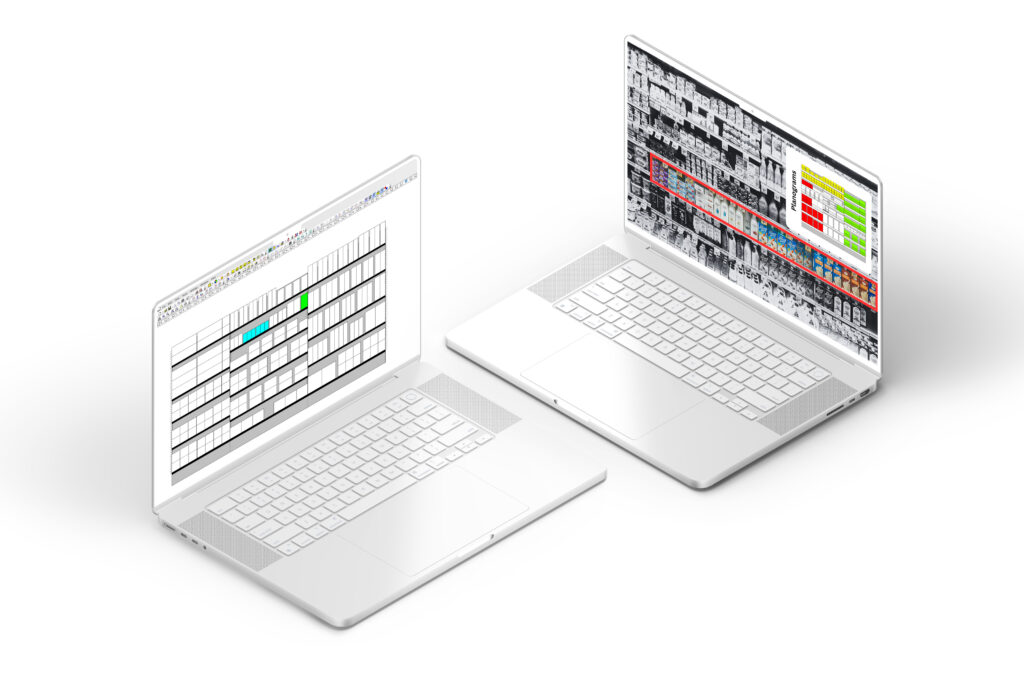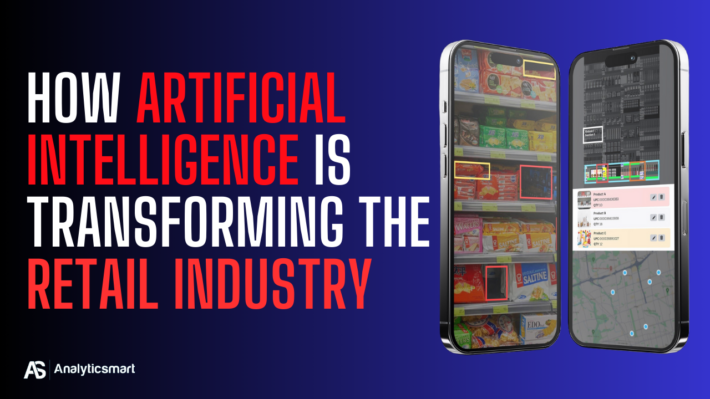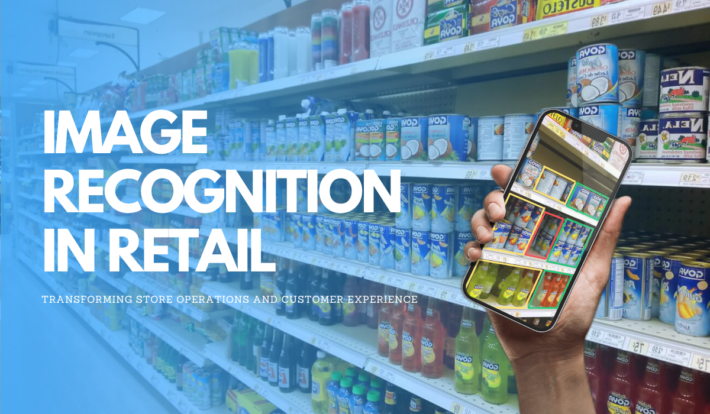Maximizing Sales: The Importance of Planogram Compliance in the CPG Industry

In the ever-evolving landscape of consumer packaged goods (CPG), one critical element often determines the success or failure of products on the retail shelves: planogram compliance. A planogram is a visual representation of how products should be displayed in a retail setting, designed to maximize sales and optimize the shopping experience for consumers. In the CPG industry, adhering to these planograms is paramount for manufacturers and retailers alike. Let’s delve into why planogram compliance is crucial and how it impacts the CPG industry.
Enhanced Shopper Experience
Picture yourself walking down the aisles of a supermarket or browsing through an online store. What draws your attention? In most cases, it’s the organized and visually appealing displays of products that catch the eye. Planograms are meticulously crafted to create such displays, ensuring that products are strategically placed to capture the shopper’s attention and guide them through their purchasing journey.
By adhering to planograms, CPG companies and retailers can enhance the shopper experience. Consistently finding products in their designated locations reduces confusion and frustration for customers, leading to increased satisfaction and loyalty. Moreover, a well-executed planogram can facilitate cross-selling and upselling opportunities, encouraging shoppers to explore complementary products or premium offerings.
Optimized Inventory Management
Efficient inventory management is a cornerstone of success in the CPG industry. Planograms play a crucial role in this aspect by providing clear guidelines on product placement and replenishment. When followed diligently, planograms help prevent stockouts of popular items and minimize overstocking of slow-moving products.
By maintaining planogram compliance, manufacturers and retailers can streamline their supply chains and reduce costs associated with excess inventory and lost sales opportunities. This optimization not only improves profitability but also fosters better relationships between trading partners by ensuring a more equitable distribution of resources.
Increased Sales and Revenue
At the heart of planogram compliance lies the objective of driving sales and revenue growth. Studies have consistently shown that well-executed planograms can significantly impact purchasing behavior, leading to higher sales volumes and increased basket sizes. By strategically positioning products based on consumer preferences, seasonal trends, and promotional strategies, CPG companies can capitalize on every opportunity to boost sales.
Moreover, planograms enable manufacturers to showcase new product launches and innovations effectively. By securing prime shelf space and incorporating attention-grabbing displays, brands can generate excitement and curiosity among shoppers, driving trial and adoption of their latest offerings.
Data-Driven Decision Making
In today’s data-driven business environment, planogram optimization is not merely an art but also a science. Advanced analytics tools allow CPG companies and retailers to gather insights into shopper behavior, sales performance, and market trends, enabling them to fine-tune their planograms for maximum effectiveness.
By leveraging data analytics, stakeholders can identify opportunities for assortment optimization, SKU rationalization, and personalized merchandising strategies. This iterative approach to planogram development ensures that the layout and assortment of products continuously evolve to align with shifting consumer preferences and market dynamics.
Challenges and Solutions
While the benefits of planogram compliance are undeniable, achieving and maintaining it pose several challenges. These include ensuring consistent execution across multiple locations, managing product assortment complexity, and adapting to changes in consumer behavior and market trends.
To address these challenges, CPG companies and retailers can invest in technology solutions such as planogram automation software and in-store execution platforms. These tools streamline the planogram development process, facilitate real-time monitoring of compliance levels, and provide actionable insights for continuous improvement.
Furthermore, fostering collaboration and communication between manufacturers and retailers is essential for achieving mutual goals. By establishing transparent and mutually beneficial partnerships, stakeholders can align their efforts towards enhancing planogram compliance and driving overall business success.
Get Control over Visual Merchandising
Analyticsmart has created a mobile merchandising application for tracking planogram adherence, offering real-time data on compliance. This feature allows users to save time by meeting demand and customer preferences without the need for cumbersome auditing processes.
The mobile merchandising app is user-friendly, consolidating all necessary information into a single interface. With just a smartphone or tablet and internet access, users can conduct retail audits effortlessly, boosting sales and ensuring accurate store-level fulfillment. It stands out as the most advanced visual merchandising tool available at an affordable price point in the market.
Key Benefits of Analyticsmart’s Merchandising App
- Real-Time Data: With a dynamic real-time dashboard, retailers can track merchandising progress instantly, gaining insights into store visits and compliance rates over time to stay informed and proactive.
- Compliance Analysis: Dive deep into compliance metrics across the organization, identifying trends and areas for improvement to ensure alignment with merchandising standards.
- Performance Tracking: Evaluate team performance throughout the merchandising process, pinpointing areas of excellence and development to enhance overall efficiency.
- Order Status Visibility: Gain visibility into order statuses and corresponding planograms or stores, facilitating effective inventory management and planogram execution.
Have A Question?
Learn how Analyticsmart can elevate your retail performance with data-driven insights and customized solutions.
Contact Sales
Have a question or comment? Submit your message through our contact form and a member of our team will get back to you within 24 hours.
Marketing Head | Analyticsmart
Unlock Your Retail Potential With Us



